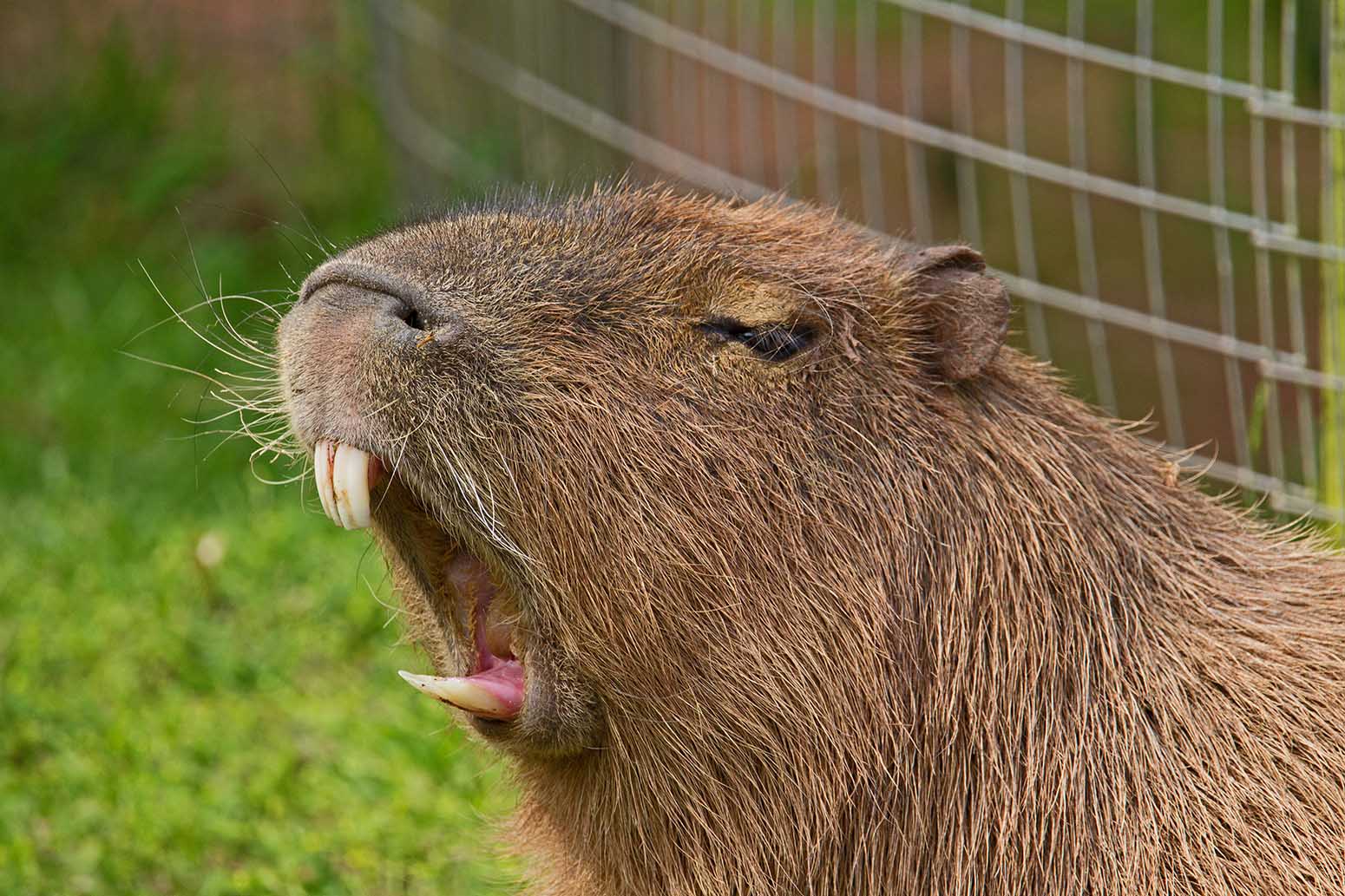FOR BEDTIME, WE’VE been reading Rick Riordan’s Heroes of Olympus series, a set of follow-ups to his Percy Jackson and the Olympians series, and it seems pretty well executed. The Percy Jackson concept, as I understand it, is basically Harry Potter but with Greek mythology instead of wizard magic? I haven’t read the original Percy Jackson series yet, or more than a few chapters of Harry Potter, for that matter, but: special kids with special powers, on quests that pit them against terrible enemies, as they figure out their special destinies. Right?
It’s a good time. The books are all carefully structured and paced; the jokes are goofy; the mythological riffs are a mixture of the standard and the obscure. For people like my 11-year-old, who have read the other books, they offer gratifying callbacks to the original series, without being off-putting at all to those of us who haven’t. Rick Riordan is clearly a professional.
And yet! We’re in the fourth book, and part of the plot involves a magical polecat, and the roving limited third-person narration keeps calling the polecat a “rodent.” And every time, it knocks me right out of the story.
A polecat is not a rodent! A polecat is a mustelid—a member of the same family of carnivores as the weasel, otter, badger, and wolverine. This is not a minor distinction. It’s like calling a coyote an “equine” or a hummingbird a “waterfowl.”
Rodents are creatures like rats, mice, squirrels, prairie dogs, guinea pigs, and also, toward the larger end, beavers and porcupines: mammals with long, sharp front teeth that never stop growing, so they have to constantly gnaw on things. They include the charming capybara, which stands two feet tall at the shoulder and weighs a hundred pounds, but the capybara is endearing precisely because it is the absurdly large outlier of an order that is generally defined by small, scurrying things. Polecats kill and eat rodents.
Because of that smallness and scurryingness, however, writers have gotten the idea that “rodent” is a synonym for “furry, annoying creature.” The enchanted polecat in the Heroes of Olympus book is annoying, therefore it is a “rodent.” Batman villains sometimes refer to Batman as a “flying rodent.” Batman is, of course, a primate, but a bat is not a rodent, either! A bat is a bat. If you want to call someone a “flying rodent,” go pick a fight with Flying Squirrel Man.
There are pedants who might point out here that a flying squirrel technically shouldn’t count as a flying rodent, either, because it glides on outstretched membranes rather than having true wings it could flap to gain altitude and properly fly. But that would be pedantic overreach; “flying” is ordinary language and can cover a range of airborne motion. When an entomology enthusiast tells you that the crawling insect you called a “bug” does not fit the taxonomic criteria to be a true bug, or an amateur meteorologist tells you that the heavy snowstorm outside does not meet the visibility standard to count as a “blizzard,” they are overstepping their jurisdiction and you may ignore them.
“Rodent,” though, entered English as a technical term, borrowed from the Latin for “gnaw.” (Despite rodents being defined by their teeth, the “dent” is apparently not connected to the “dent” in “dentist” or “dentures.) When a writer throws it into a sentence to describe an animal, it’s meant to sound elevated or educated. If that animal is not a rodent, it just sounds like the writer doesn’t have command of their animals, or of their words.
Thank you for visiting POPULA! Add your email here to receive our newsletter






